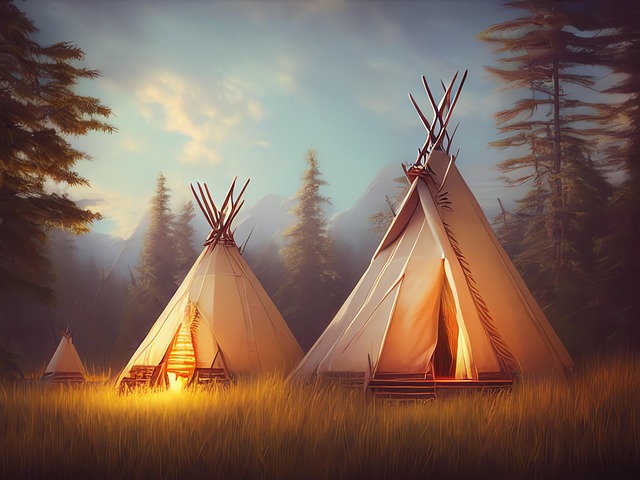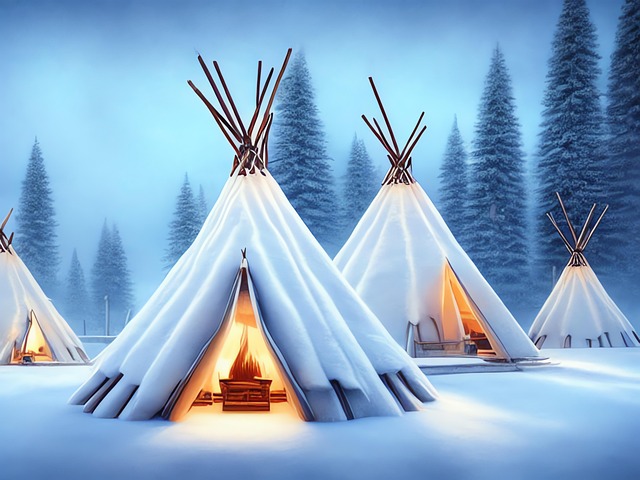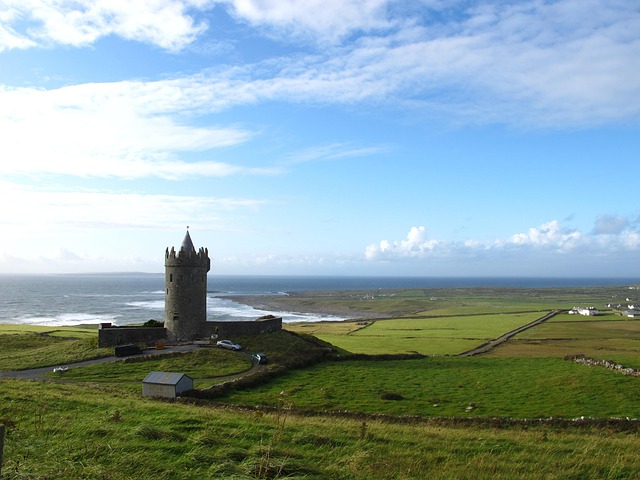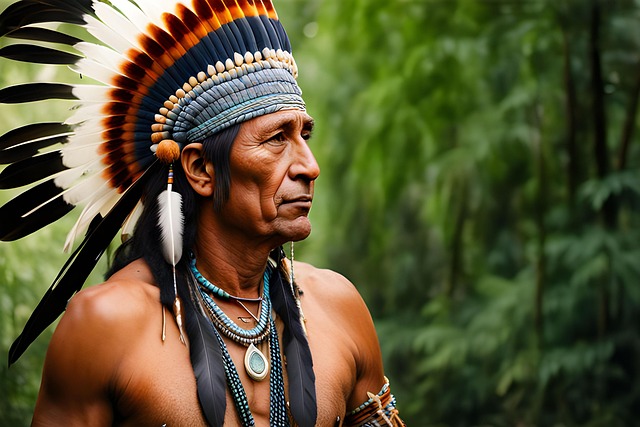The Navajo Reservation in Arizona, Utah, and New Mexico is steeped in history, with the White Mountains region serving as a cultural heartland for the Navajo people for centuries. Established in the 19th century, the reservation protected their traditional territories and remains a cornerstone of their culture today, influencing art, traditions, and land rights. The real estate market within the reservation, particularly in the White Mountains, is a dynamic blend of modern amenities and cultural values, attracting buyers with diverse lifestyles. Developers must navigate challenging conditions, including rugged terrain and limited infrastructure, to create sustainable projects that preserve Navajo heritage while fostering economic growth.
“Explore the captivating intersection of history, culture, and real estate on the Navajo Reservation in the majestic White Mountains region. This article delves into the unique landscape, where a rich historical context meets contemporary market dynamics. We examine the real estate scene within the reservation, highlighting challenges and opportunities for developers while shedding light on the vibrant lives of its residents. Discover how this diverse community navigates both traditional ways and modern economic trends.”
Historical Context of Navajo Reservation and White Mountains Region

The Navajo Reservation, encompassing parts of Arizona, Utah, and New Mexico, has a rich historical context deeply intertwined with the White Mountains region. This vast expanse of land was originally inhabited by the Navajo people, who have lived in this area for centuries, fostering a strong cultural connection to the land and its resources. Historically, the region served as a vital trading ground, connecting various Native American tribes and facilitating the exchange of goods and knowledge. The White Mountains, with their majestic peaks and diverse ecosystems, played a crucial role in shaping the Navajo’s way of life, providing sustenance, shelter, and spiritual inspiration.
The establishment of the Navajo Reservation in the late 19th century marked a significant turning point in the region’s history. This reservation status was a result of treaty negotiations and efforts to protect Native American lands from encroaching settlers. In terms of real estate, the reservation offered a unique opportunity for the Navajo people to maintain their traditional territories and preserve their cultural heritage. The White Mountains within the reservation have since become a cornerstone of Navajo culture, influencing art, traditions, and the ongoing struggle for land rights and self-determination.
Real Estate Market Dynamics Within the Reservation

The real estate market within the Navajo Reservation, particularly in the White Mountains region, is a vibrant and diverse landscape. The area boasts stunning natural beauty, with its majestic peaks and pristine landscapes attracting both residents and outsiders alike. This unique setting has led to a growing demand for properties that blend modern amenities with traditional cultural values. As a result, the real estate market has seen a surge in development, ranging from rural retreats to contemporary homes, catering to various lifestyles and preferences.
Navigating this dynamic market requires understanding the diverse offerings and the cultural significance of the land. The Navajo people have deep roots in the region, and their traditional practices often influence real estate decisions. Properties with historical or cultural value hold immense appeal, ensuring that the market remains both competitive and rich in heritage. This blend of modern infrastructure and ancient traditions makes the White Mountains area within the Navajo Reservation a fascinating and sought-after destination for real estate enthusiasts.
Unique Challenges and Opportunities for Developers and Residents

The Navajo Reservation, nestled within the majestic White Mountains, presents a unique landscape for real estate development and habitation. While the remote location offers serene beauty and cultural significance, it also poses specific challenges. Developers face the task of balancing traditional land use practices with modern infrastructure demands. The reservation’s rugged terrain and limited access roads require careful planning and specialized construction techniques to ensure sustainable development that respects both the environment and cultural heritage.
Despite these challenges, there are abundant opportunities for growth. The region’s rich history and natural attractions draw tourists, fostering a need for diverse accommodation options and recreational facilities. Additionally, the Navajo community’s strong sense of place provides developers with insights into culturally sensitive design and the potential to create spaces that honor and preserve their traditional ways of life. This blend of challenges and opportunities calls for innovative solutions in real estate development, ensuring both economic vitality and cultural preservation within the Navajo Reservation.






